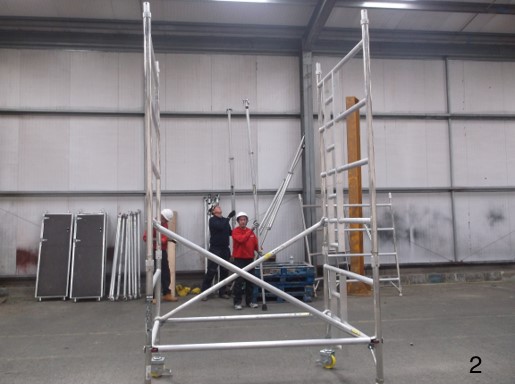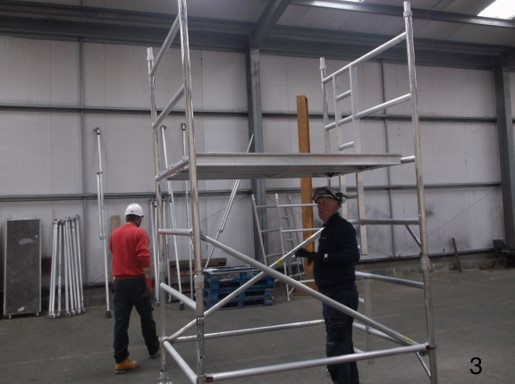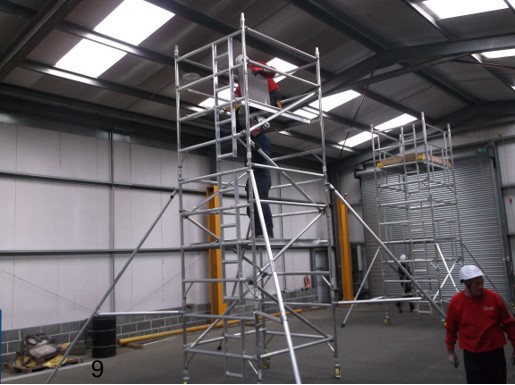- Home
- Courses
- PASMA Mobile Tower Erector
- TG20: 21 Scaffold Inspection
- Ladders & Steps Safety Training
- Harness & The Safe Use Of PFPE
- System Scaffold Erector – Cuplok
- System Scaffold Erector – Kwikstage
- Working At Height
- Managing Work At Height
- Abrasive Wheels
- Manual Handling
- Roof Working Safety Awareness
- Mansafe Running Line
- In-house Instructor Training
- Rescue From Height (GOTCHA)
- Plant Training
- Contact Us
- Home
- Courses
- PASMA Mobile Tower Erector
- TG20: 21 Scaffold Inspection
- Ladders & Steps Safety Training
- Harness & The Safe Use Of PFPE
- System Scaffold Erector – Cuplok
- System Scaffold Erector – Kwikstage
- Working At Height
- Managing Work At Height
- Abrasive Wheels
- Manual Handling
- Roof Working Safety Awareness
- Mansafe Running Line
- In-house Instructor Training
- Rescue From Height (GOTCHA)
- Plant Training
- Contact Us












